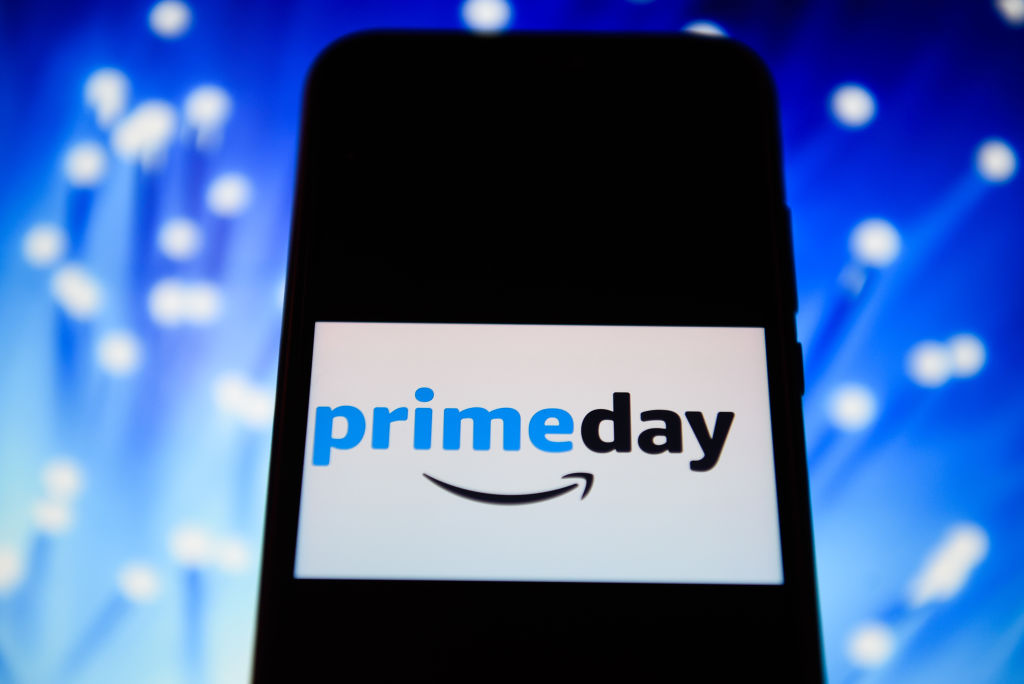The Secret to Spending Less
Follow these steps to avoid the temptation to buy things you really don't need.

Economists view the Commerce Department's report today that consumer spending rose in July as encouraging -- considering consumer spending accounts for about 70% of the nation's economic activity. You might say it's a good thing Americans aren't pinching their pennies quite so much.
Some of that spending came at the expense of saving, though. The personal savings rate as a percentage of income fell to 5% in July from 5.5% in June. Considering many Americans' savings have taken a hit from stock market gyrations or have been drained to help them get through a job loss, it's worth looking at your spending to see whether you need to cut back to boost your savings.
I've found that one of the best ways to reduce spending is to avoid temptation. The fact that I live in a small town probably makes this a little easier for me than for big-city dwellers, who can't walk down the street without passing a multitude of stores, restaurants and entertainment options. (Plus, smaller cities tend to have a lower cost of living -- and in our top ten picks for best value cites, there's a lot to do at affordable prices). But even in the boonies where I am, we still can hear the siren song of daily deal sites, social media and e-mail alerts from retailers.
From just $107.88 $24.99 for Kiplinger Personal Finance
Become a smarter, better informed investor. Subscribe from just $107.88 $24.99, plus get up to 4 Special Issues

Sign up for Kiplinger’s Free Newsletters
Profit and prosper with the best of expert advice on investing, taxes, retirement, personal finance and more - straight to your e-mail.
Profit and prosper with the best of expert advice - straight to your e-mail.
One of the most well-known daily deal sites, Groupon, doesn't operate where I live. So I've never been tempted by one of its offers for 40% off an hour-long massage (aah, sounds so relaxing) or 50% off an elegant dinner (wow, my husband and I could go on a date!). But my inbox fills up daily with all sorts of offers for deals on clothing, furniture, travel and more.
I signed up to receive some of these e-mail alerts to test them out for this column. However, I get the bulk of these e-mails because I managed to convince myself that by signing up I would be gaining access to great money-saving deals -- when, in reality, I'm just being lured to spend more than I normally would. As Kathy Kristof wrote in Stop Wasting Your Money in the May issue of Kiplinger's Personal Finance magazine, "No matter how much it's marked down, it's not a bargain if you normally wouldn't buy it."
To avoid the temptation to spend or to pounce on deals that really aren't, follow these steps.
Quit the daily deal habit. All it takes to stop tempting yourself daily with deals on things you probably don't need is to hit the "unsubscribe" link at the bottom of the e-mails you receive from deal sites. A friend recently invited me to join a daily deal site for designer clothes, and I did. But after one day, I realized that I didn't need the temptation. So I unsubscribed. I know it's harder to break a long-standing addiction you've had to a deal site. You're thinking: What about all those savings I would be bypassing? Try crunching the numbers first, though, to see how much you're actually spending each month on so-called deals.
Don't give out your e-mail address. Ever notice how the sales clerks at almost every store now ask you for your e-mail address when you buy something? I usually respond by asking, "Do you need it?" The answer is always no. They want your e-mail to notify you of sales and to lure you back into the store to spend more.
Say no to the "spend-more-to-save-more" pitch. Some stores have loyalty programs that reward customers with discounts after they spend certain amounts. At a particular children's store, I often hear that I need to spend another, say, $10 to earn a coupon for $25 off my next purchase of $50 or more. So I'd have to spend at least $35 more just to save $25 ($10 on that day's purchase plus $50 minus $25). No thanks.
Don't "like" retailers on Facebook. Sure, if you "Like" a retailer or establishment on Facebook or follow it on Twitter, you'll be privy to coupons and other special offers. But if you log onto these social media sites daily, you'll be getting constant reminders to buy things you probably don't need.
Stop the flow of catalogs. Those glossy images of well-decorated rooms and well-dressed people can be tempting. Call up retailers you've purchased items from and ask them to take you off their catalog mailing list. And register with the Direct Marketing Association to remove your name from its mailing list to stop new catalogs from arriving.
Profit and prosper with the best of Kiplinger's advice on investing, taxes, retirement, personal finance and much more. Delivered daily. Enter your email in the box and click Sign Me Up.

Award-winning journalist, speaker, family finance expert, and author of Mom and Dad, We Need to Talk.
Cameron Huddleston wrote the daily "Kip Tips" column for Kiplinger.com. She joined Kiplinger in 2001 after graduating from American University with an MA in economic journalism.
-
 Countries That Will Pay You to Move: Cash Grants, Incentives and What to Know
Countries That Will Pay You to Move: Cash Grants, Incentives and What to KnowExplore real relocation incentives — from cash grants and tax breaks to startup funding — that make moving abroad or to smaller towns more affordable and rewarding.
-
 Mortgage Protection Insurance: What It Covers and When It Makes Sense
Mortgage Protection Insurance: What It Covers and When It Makes SenseHow mortgage protection insurance works, what it costs, and when it’s actually useful in a financial plan.
-
 How to Use Your Health Savings Account in Retirement
How to Use Your Health Savings Account in RetirementStrategic saving and investing of HSA funds during your working years can unlock the full potential of these accounts to cover healthcare costs and more in retirement.
-
 21 Last-Minute Gifts for Grandparents Day 2025 to Give Right Now
21 Last-Minute Gifts for Grandparents Day 2025 to Give Right NowHoliday Tips Last-minute gifting is never easy. But here are some ideas to celebrate Grandparents Day.
-
 Texas Sales Tax-Free Weekend 2025
Texas Sales Tax-Free Weekend 2025Tax Holiday Here's what you needed to know about the Texas sales tax holiday.
-
 Alabama Tax-Free Weekend 2025
Alabama Tax-Free Weekend 2025Tax Holiday Here’s everything you need to know about the 2025 back-to-school Alabama sales tax holiday.
-
 The Sweet 23: States Where Twix and Kit Kat Avoid the ‘Candy Tax’
The Sweet 23: States Where Twix and Kit Kat Avoid the ‘Candy Tax’State Taxes There’s something spooky this Halloween, and it’s not just the ghouls. Find out if your state’s sales tax takes a bite out of sweet savings.
-
 Florida Back-to-School Tax-Free Holiday 2025
Florida Back-to-School Tax-Free Holiday 2025Sales Taxes The new tax-free holiday in Florida brought month-long savings on computers, clothing and other school supplies.
-
 Five Reasons You Shouldn't Shop Amazon's Prime Big Deal Days
Five Reasons You Shouldn't Shop Amazon's Prime Big Deal DaysSmart Buying Are Amazon Prime Big Deal Days still a good deal? We'll break it down.
-
 Five Ways to Save on Vacation Rental Properties
Five Ways to Save on Vacation Rental PropertiesTravel Use these strategies to pay less for an apartment, condo or house when you travel.
-
 How to Avoid Annoying Hotel Fees: Per Person, Parking and More
How to Avoid Annoying Hotel Fees: Per Person, Parking and MoreTravel Here's how to avoid extra charges and make sure you don't get stuck paying for amenities that you don't use.